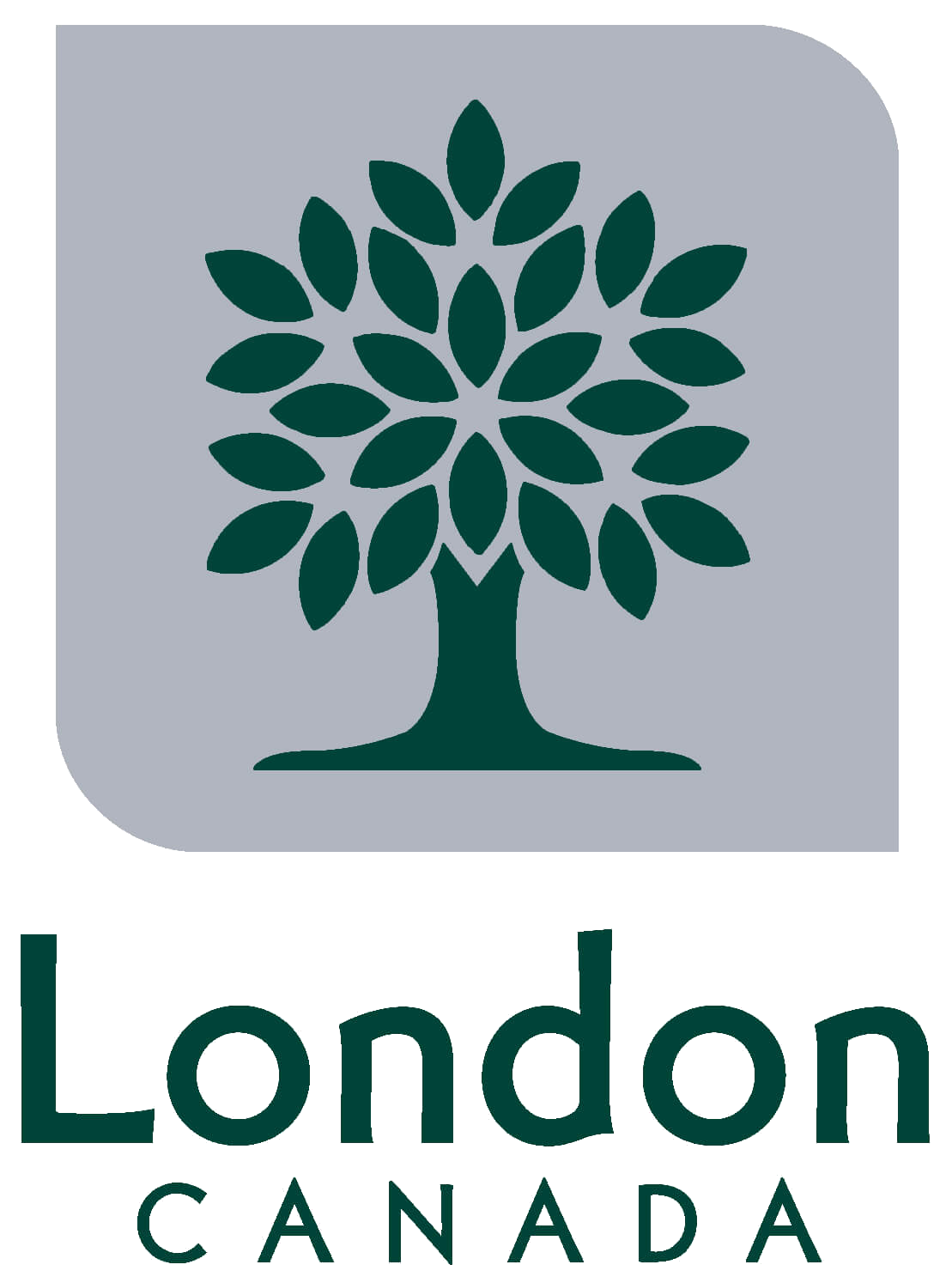
F-3200
Photo courtesy of Western University of Ontario - Archives "This is the alarm room in the King St. Central fire hall as it looked when I came on the fire department. The alarm room operator in the picture is fireman Aeron Kew who I worked with. This picture would have been taken around 1950. This alarm room was installed in 1927 replacing the one from 1890." - Fire Chief Jim Fitzgerald (Photo courtesy of Western University of Ontario - Archives)
The equipment in the picture:
The alarm system throughout the complete fire department including the 4 outside stations was operated by a bank of batteries. That long board that fireman Kew is in front of is to keep the battery system fully charged. He is checking the system for that.
The large enclosed glass case at the rear contains the mechanism called the “repeater”. It’s task is twofold. Sometimes 2 alarm boxes get pulled at the same time. For example the hunts mill fire. Box 49 on the outside of the mill building was pulled by an employee. Due to the size of the fire a person on Dundas St. At Eva St. Pulled another at that corner, box 48.
So the two boxes pulled at the same time doesn’t jam up the signal, the repeater holds the second box 48 back till the first box 49 has been transmitted over the alarm system. Then box 48 would begin transmitting.
In the front of the picture notice two reels with paper tape running across the top of the counter. When a box is pulled one of these tapes begins moving printing the time the box was activated. At the same time the repeater goes into action to make sure a second box has not been pulled. This requires a full turn of the box number reel inside the alarm box. When this is completed, matter of seconds, the repeater clicks in allowing the alarm box number to begin striking the gongs in all the fire stations. At the same time the second reel with paper starts to move recording the time between when the box was pulled and when the alarm was transmitted to the stations. This was for legal purposes.
The glass case behind the paper tapes contains the mechanisms for the 6 fire alarm circuits throughout the city. During a storm a tree limb would fall and brake one of our power lines somewhere in the city. When this happened one of those tapes would punch either 1 – 6 on the tape according to what circuit number is broken.
We had 2 electricians, one on call always. He would be called in at night and a fireman would be sent with him in his truck to search for the break in the circuit using a strong light. He was usually a fireman in the platoon chief’s bad books!
This system required a full time alarm room operator and often an injured fire fighter would be stationed here to maintain and supervise. Fire fighter Aeron Kew, pictured above, was injured at the first Hunts Mill fire in 1923 and as a result his left arm was incapacitated. The City to show their compassion reduced his pay from 1st. class to 2nd. class and made him permanent alarm room operator.
At the time of the picture the alarm panel could use up to 120 alarm boxes and could be expanded if needed. – Fire Chief Jim Fitzgerald





